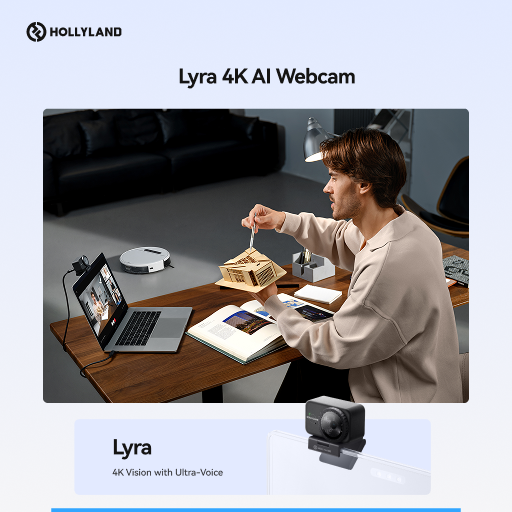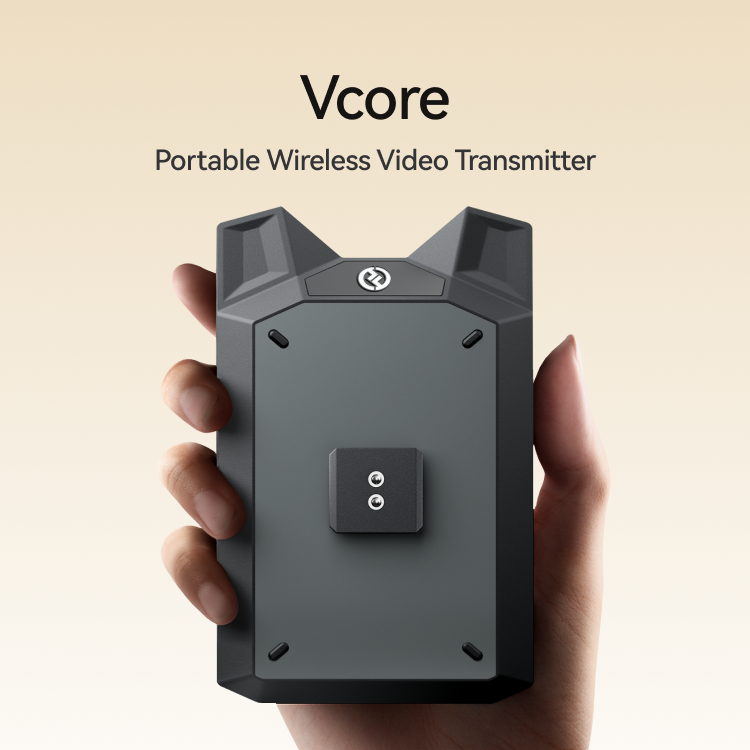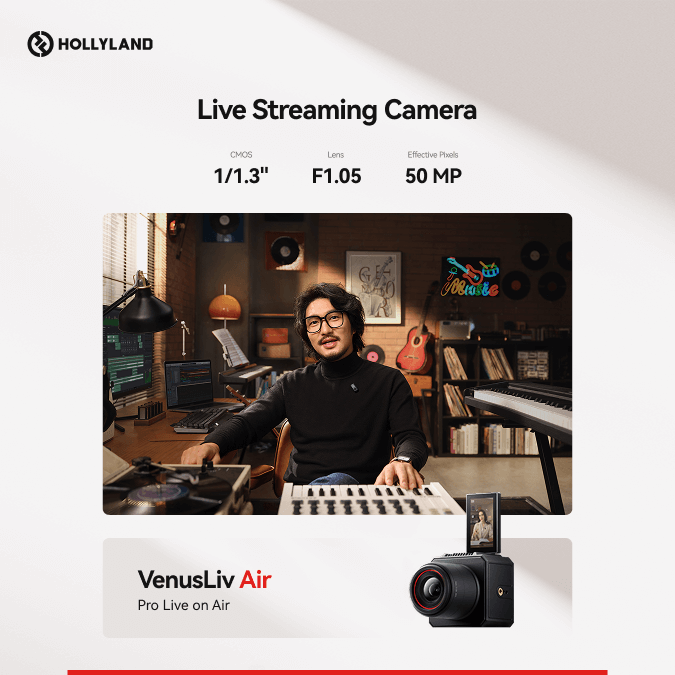Whether a guitarist is just starting their musical path or has been playing for years. A guitar amplifier is unquestionably one of the most important instruments they own. This part brings life to your electric or acoustic electric guitar therefore enhancing its sound clarity and intensity than it would otherwise be. Using the right approach will let even a basic amplifier help you create a sound that really reflects your own style.
What Is a Guitar Amplifier?
Fundamentally, a guitar amplifier is a speaker system meant for use in tandem with electric guitars. Connecting your guitar to an amplifier increases the signal therefore producing an instrument with a much more audible and expressive tone. There is a great range of amplifiers accessible to satisfy different needs including the following.
- Combo Amp: The speaker and amplifier of this kind of amplifier are combined into one unit. Its compact scale makes it perfect for usage in the house or for little events.
- Head and Cabinet: These two components stand apart from one another. Whereas the speaker is found in the head. The amplifier is kept inside the cabinet. Professionals usually use this arrangement to obtain better control and volume.
- Acoustic Amp: Designed especially for acoustic electric guitars, this amplifier keeps the instrument’s warm, clear and natural tone.
- Modeling Amp: These amplifiers have incorporated right in digital effects and a range of tone simulations. For playing with a range of sounds without having to buy other gear. They are fantastic.
- Tube vs. Solid-State:
- Tube Amplifiers give a warm classic sound (used in rock and blues)
- Solid state Amplifiers are more affordable and reliable (good for all styles)
Now let’s look at how to set up and use an Amplifier the right way.

What You’ll Need?
- Your electric or acoustic electric guitar
- A guitar cable (instrument cable and not a speaker cable)
- A guitar amplifier
- Access to a power outlet
Optional:
- Guitar picks
- Headphones (if your Amplifier supports silent practice)
- Footswitch (for changing settings with your foot)
How to Set Up a Guitar Amplifier (Step-by-Step)
- Turn Down All Volumes and Gain Controls
Turn down any volume related knobs before plugging in your instrument or turning on the Amplifier. If your amplifier has those capabilities that cover the main volume, gain and master volume. This prevents you from experiencing an unexpected loud noise upon Amplifier power on.
This keeps you from blasting loud sounds when you first turn it on.
- Plug in Your Guitar
Take your guitar cable and plug one end into your guitar’s output jack.
Then plug the other end into the “Input” jack on your Amplifier. It’s usually labeled and on the front of the Amplifier.
Make sure the cable is snug and not loose at either end.

- Turn On the Amp
Now you can plug into the amp’s power cord and switch it on.
Some Amplifiers have a standby switch if yours does, turn the Amplifier on first then flip the standby switch after a few seconds.
You may hear a small pop when turning it on, this is normal.
- Set the Volume and Gain
Make sure everything is connected and turn on the amplifier before progressively raising the volume knob until you can distinctly hear your instrument. On your amplifier, you may adjust the gain knob to match the tone you are aiming for.
A more clear sound will come from lower amplification levels. Higher provides a gritty and distorted sound which is usually used in heavier genres such as rock and metal. Starting low settings and working your way up can help you to create a tone fit for your playing.
- Use the EQ Controls (Bass, Mid, Treble)
Most Amplifiers have EQ (equalizer) knobs to shape your tone such as;
- Bass: Controls low tones (deeper sound)
- Mid: Controls middle tones (adds body)
- Treble: Controls high tones (sharpness and clarity)
Start with all EQ knobs at the 12 o’clock position (pointing straight up). Then tweak them slowly.
- Want more deep sound? Add bass
- Sounds too muddy? Lower mids or bass
- Want a brighter tone? Add treble
Try BuiltIn Effects (If Available)
Many Amplifiers come with builtin effects such as;
- Reverb (adds echo or space)
- Delay (repeats your sound)
- Chorus (makes your guitar sound fuller)
- Overdrive/Distortion (for rock or metal tones)
Turn the effects knob slowly to test each one. You don’t have to use them all just pick what suits your style.
Use Channels (Clean vs. Overdrive)
Some Amplifiers have channels you can switch between such as;
- Clean channel: no distortion, smooth and clear
- Overdrive/Lead channel: adds crunch and power
Use the buttons on your Amplifier or a footswitch to switch between them.
Tips to Get Better Sound from Your Amp
- Start with simple settings and adjust slowly
- Keep your guitar volume knob turned up for full tone
- Try different pickup positions (bridge vs neck) to change your sound
- Stand a little distance away from your Amplifier to hear the full tone
- Experiment with EQ and effects until you find your favorite sound
If your Amplifier has a headphone jack, you can practice quietly without bothering anyone.
How to Use a Guitar Amplifier for Acoustic Guitars
If you have an acoustic electric guitar, here’s how you can get a clean natural tone.
- Use an acoustic amplifier if possible
- Keep the gain low and the volume moderate
- Add a little reverb for warmth
- Avoid too much bass or treble.
- Keep EQ balanced
You can also plug a microphone into some acoustic Amplifiers if you’re singing along.
Using Pedals or Effects with Your Amp
If you want to go beyond your amp’s built-in effects, you can use guitar pedals by;
- Plug your guitar into the pedal
- Plug the pedal into the Amplifier input
- Turn on the pedal and adjust the knobs
- Keep your Amplifier settings simple and let the pedal shape your sound
Common pedals have;
- Distortion/Overdrive
- Delay
- Reverb
- EQ
- Looper
Always test your pedals at low volume first so you don’t damage your speaker.

Common Amplifier Problems and How to Fix Them
No sound coming out
- Check all cables and connections
- Make sure the guitar volume knob is up
- Try a different cable or input jack
Buzzing or humming
- Try using a different power outlet
- Keep your Amplifier away from other electronics
- Use a noise gate or hum reducer pedal if needed
Amplifier sounds too loud or too quiet
- Lower the gain and raise the master volume (or vice versa)
- Adjust EQ to balance your tone
- Make sure your guitar battery (if active pickups) isn’t low
Amplifier Safety Tips
- Always turn the volume down before turning the Amplifier on or off
- Unplug your guitar and power when not in use
- Don’t place drinks or liquids on your amp
- Let tube Amplifiers cool down before moving them
- Clean your Amplifier with a dry cloth never use water or sprays
Conclusion
After a while using a guitar amplifier makes sense. Beyond loudness, finding your optimum sound requires more. Your tone and style will develop with patience and persistence. Control tone and volume first. Then gradually examine equalizing and effects. Playing and modifying your amplifier may reveal how it reacts to your instrument and playing style. Plug it in, experiment with the sounds and enjoy. Every tweak you make will provide the desired sound. Practice teaches.
FAQs
1. What’s the best Amplifier setting for beginners?
The volume and gain should be about four to five at the start. All of the EQ knobs should be set around twelve o’clock. Change the sound gradually to get the right impact.
2. Can I use a guitar Amplifier for a bass guitar?
As a result, we would not advise doing so Because it must be able to withstand low frequencies without causing harm to the speaker because bass guitars require a specific amplifier. This amplifier must be able to accommodate low frequencies.
3. Why does my Amplifier sound fuzzy or distorted?
It’s possible that a fuzzy sound will be produced if you check the gain setting too much. By adjusting the equalizing you might make an effort to reduce the gain.
4. How loud should I set my Amplifier for home use?
Keeping the volume and gain at a manageable level while you are inside is of the utmost importance. The use of headphones for quiet practice is recommended if you consider it to be vital.
5. Can I connect my phone or music player to the amp?
Due to the fact that many contemporary amplifiers are equipped with an AUX input or Bluetooth, it is possible to play backing tracks along with many of them while you are rehearsing.
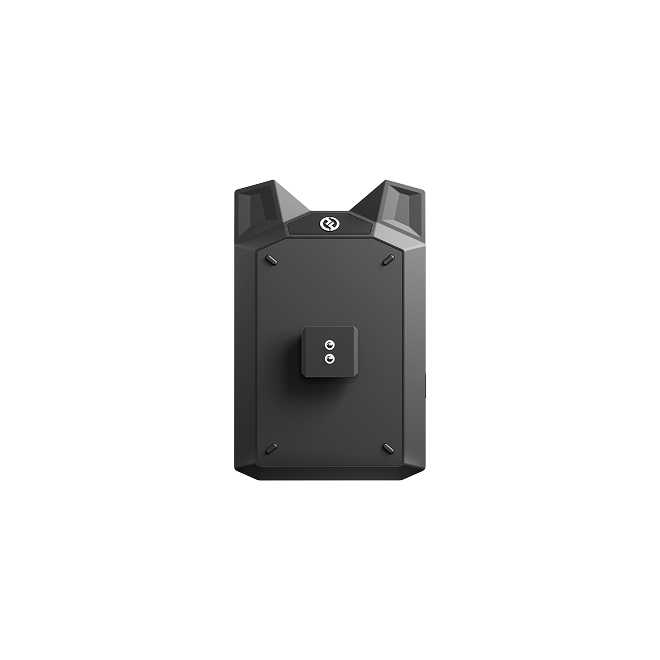

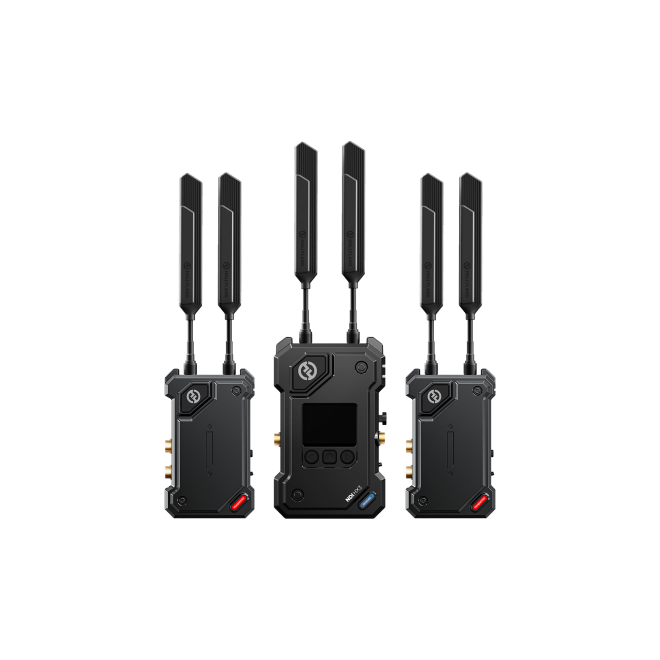
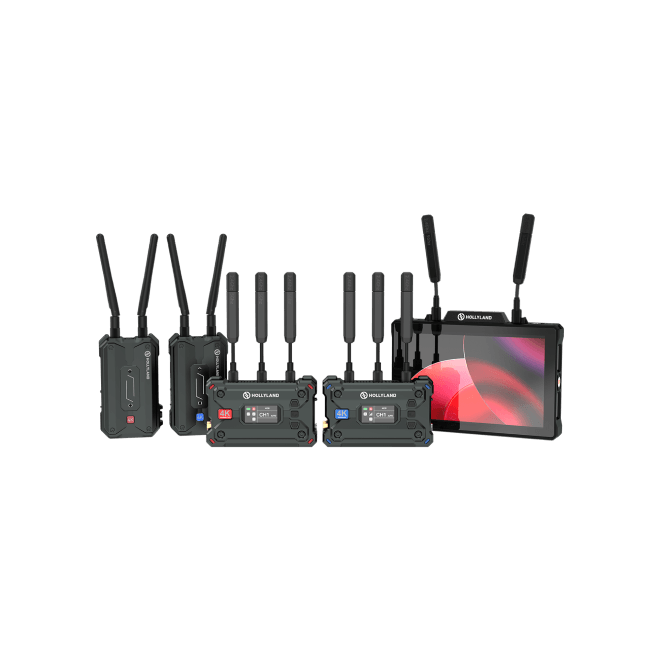
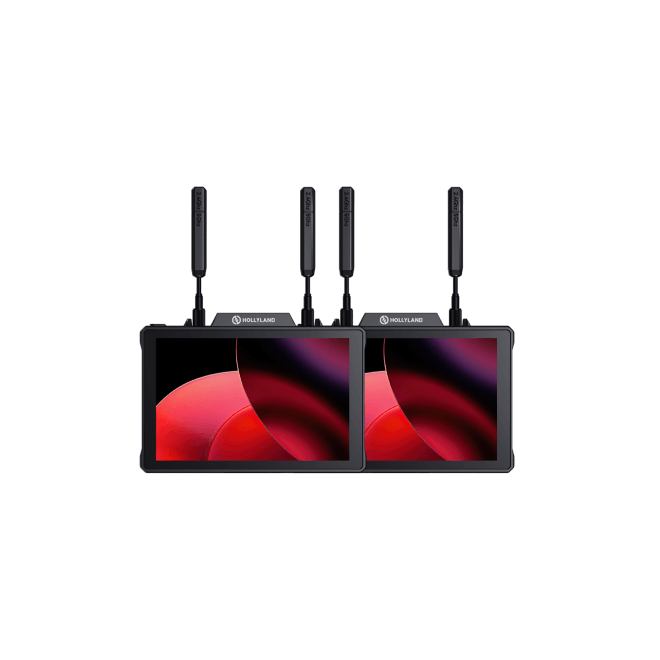
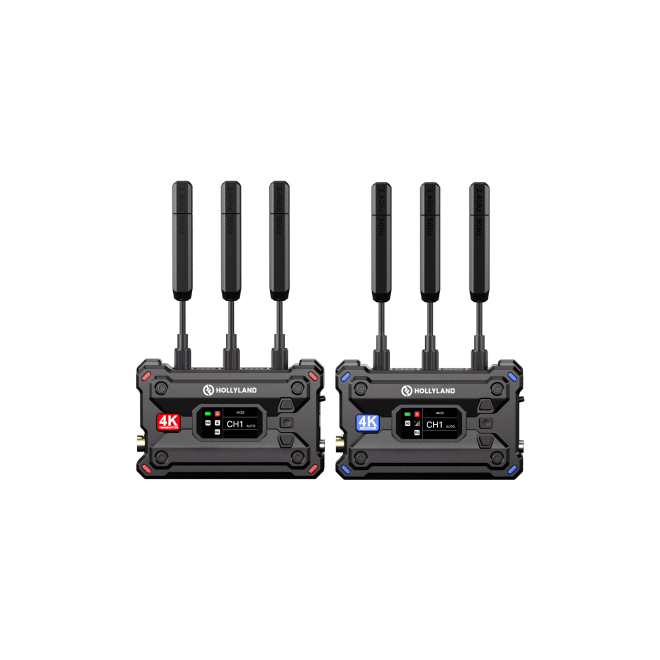
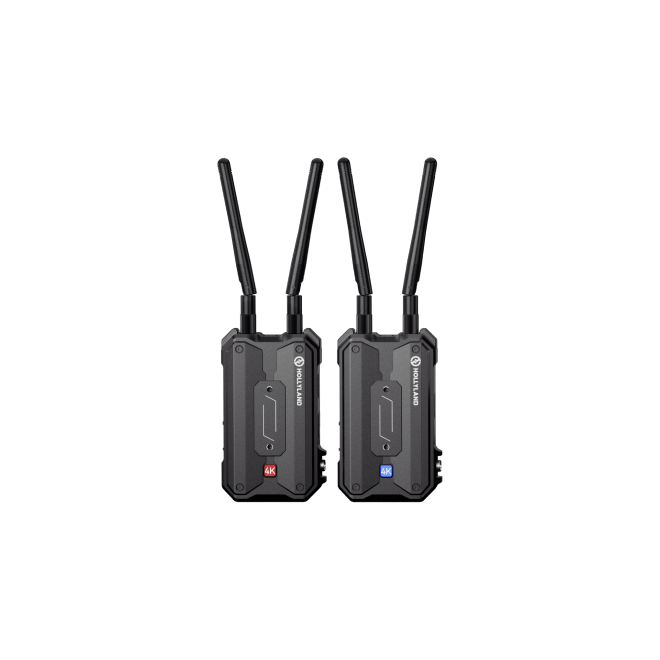
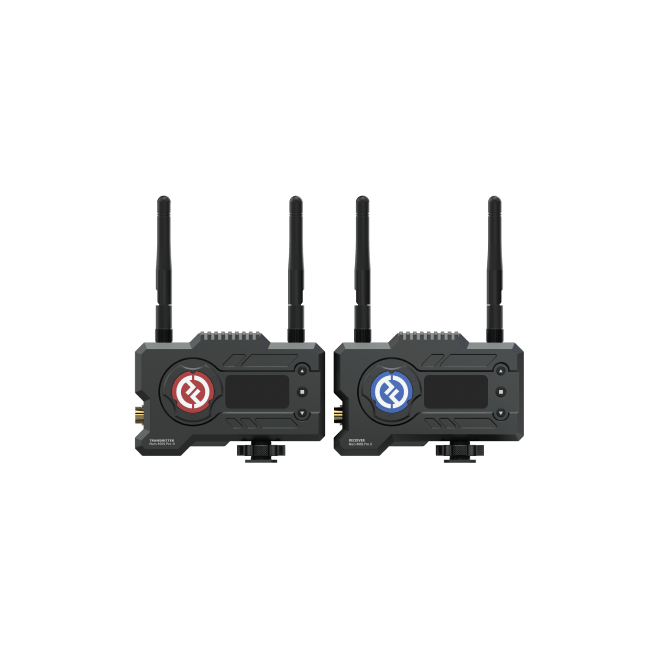
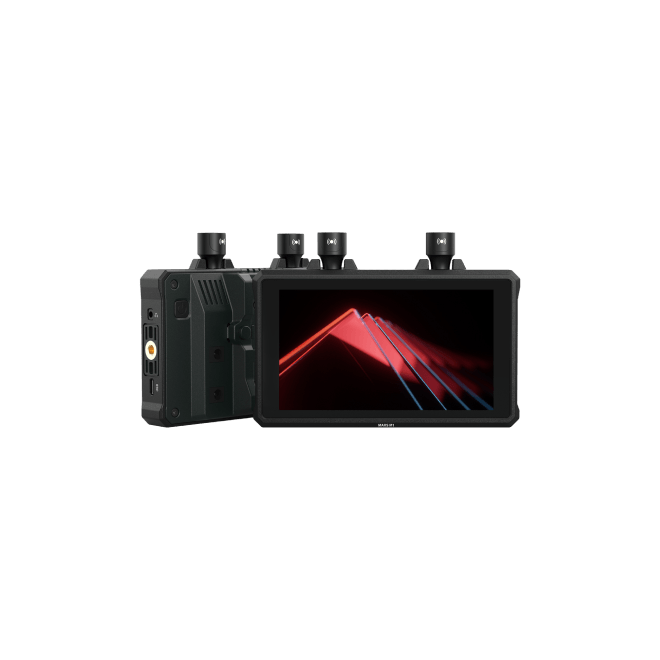
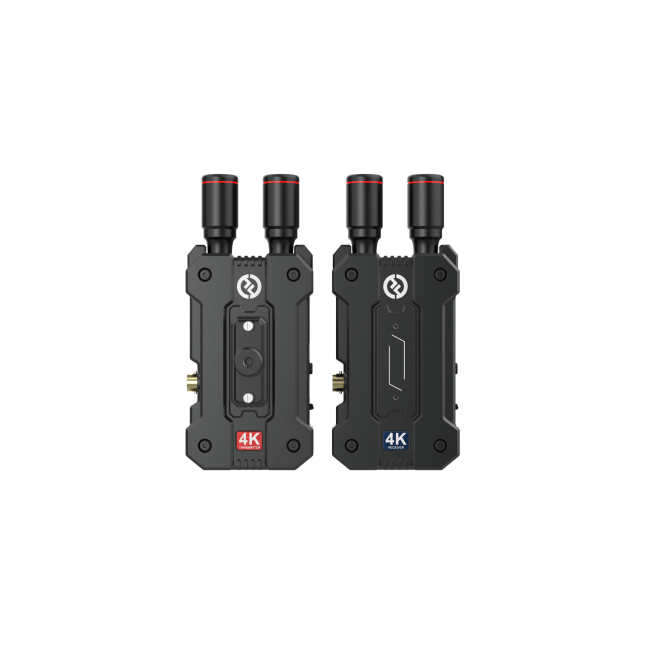
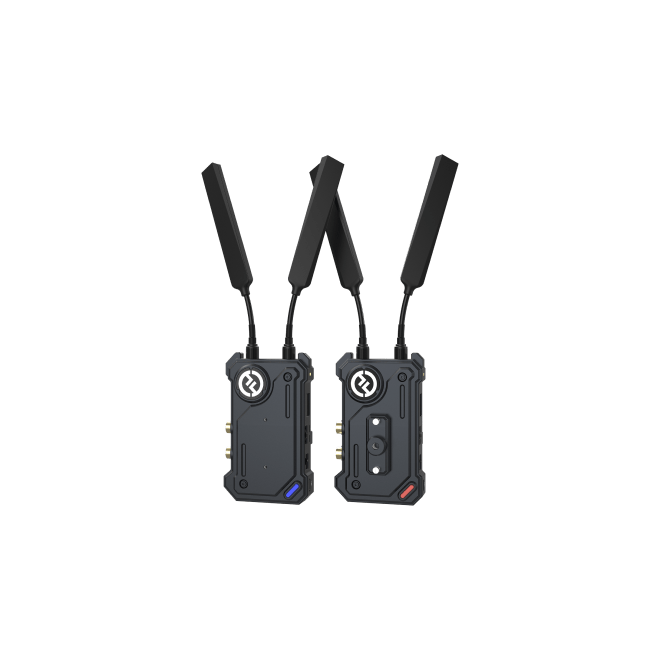
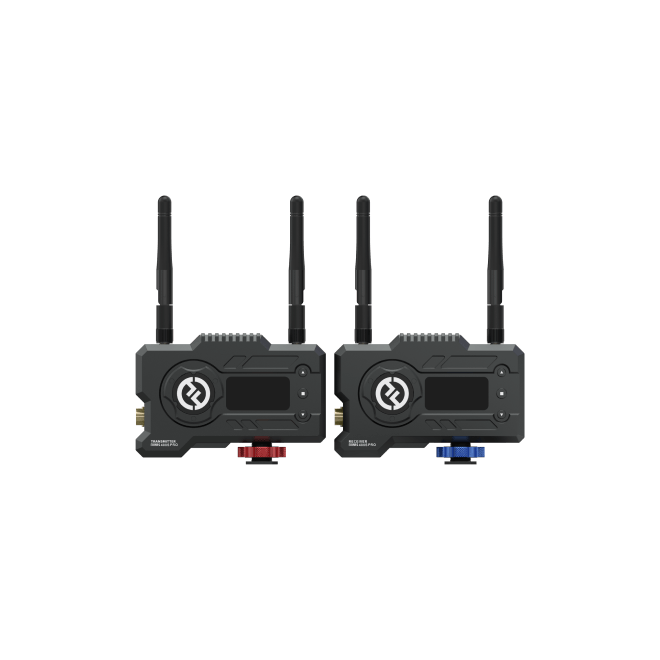
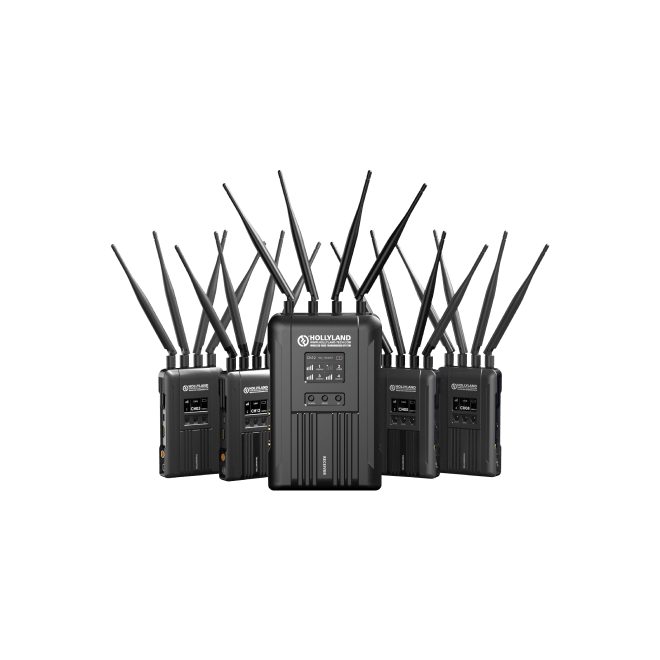
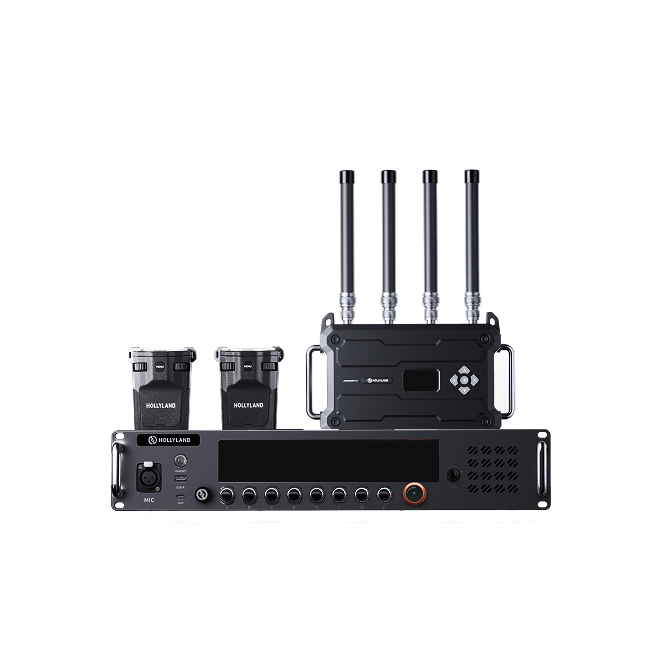

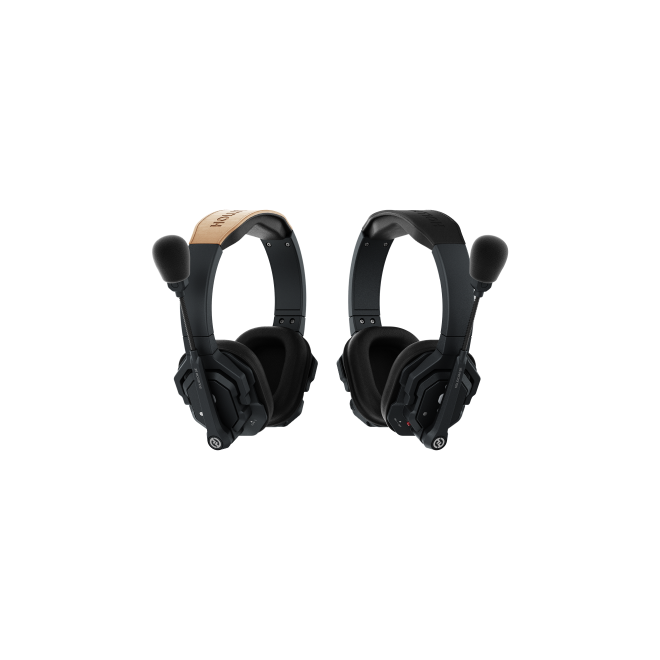

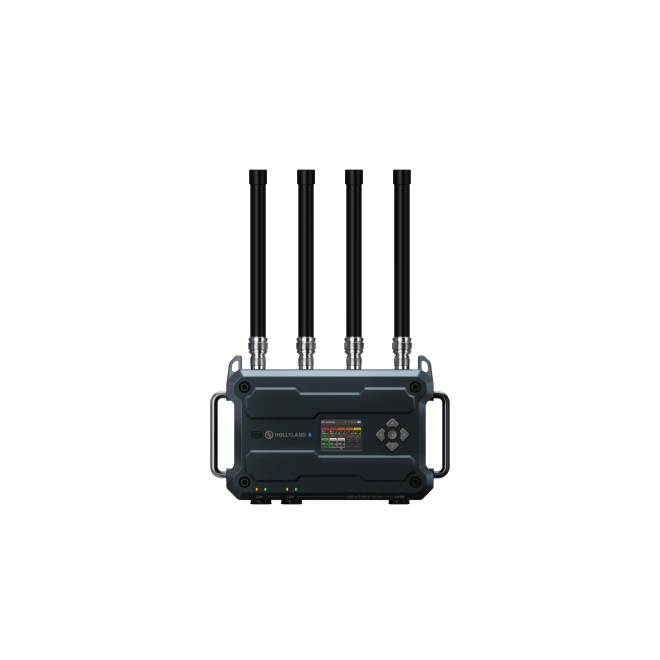
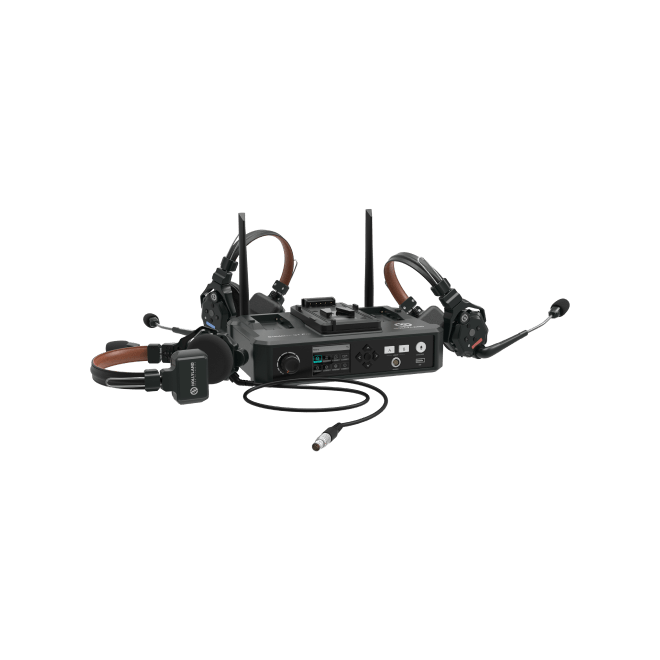
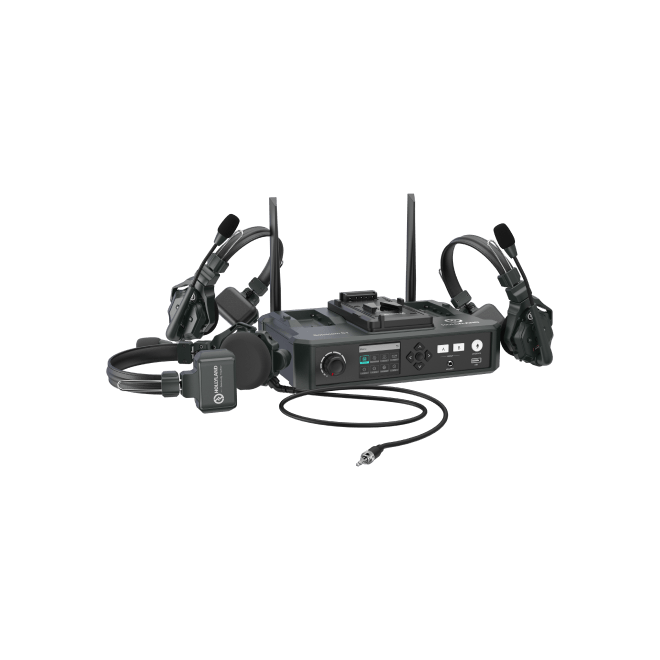
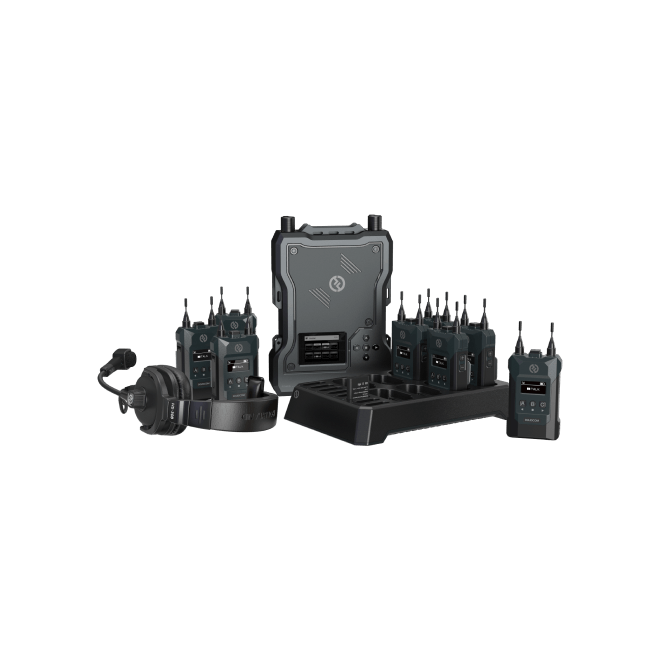
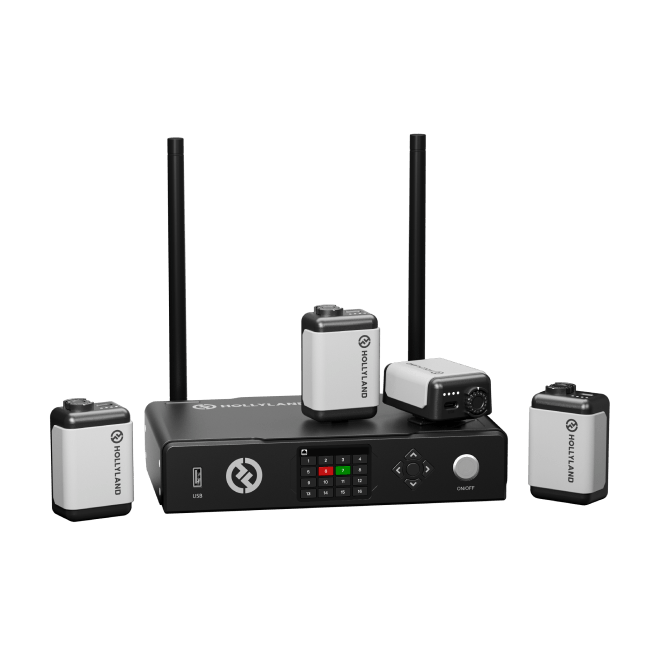
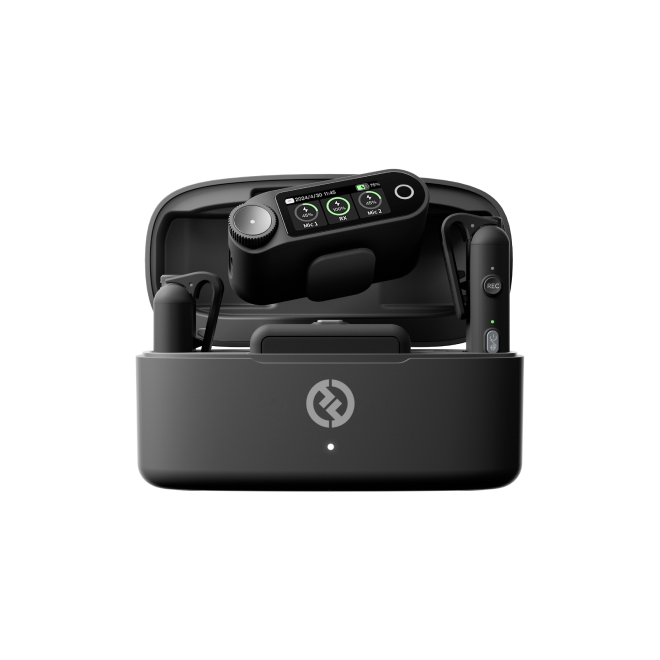
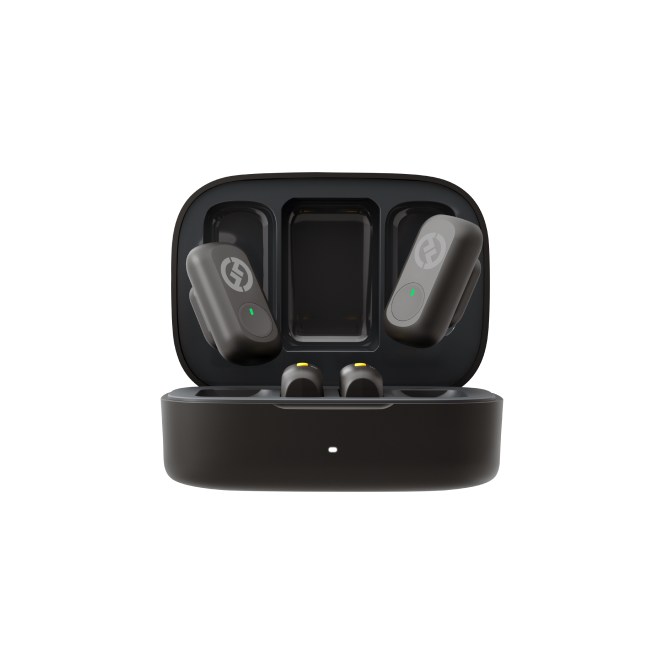

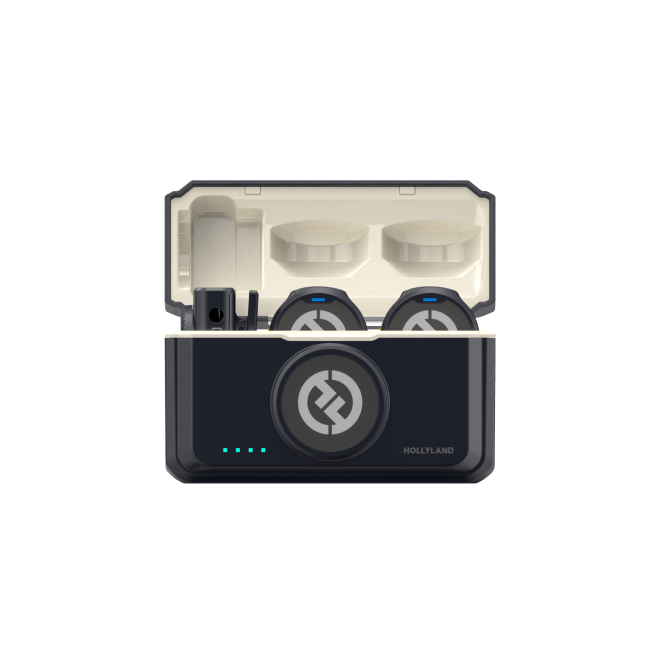
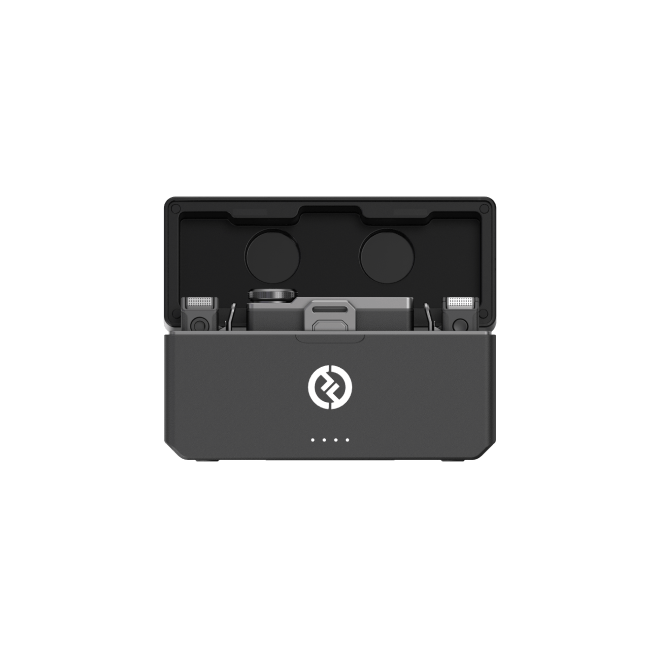
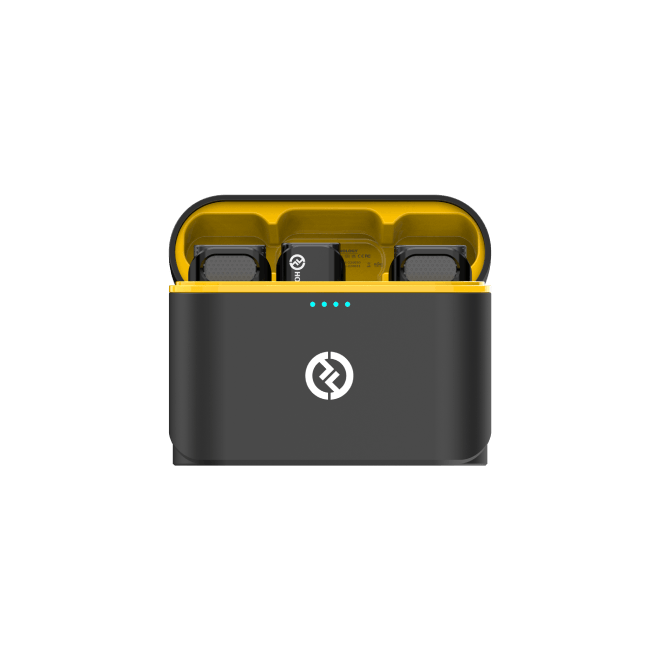
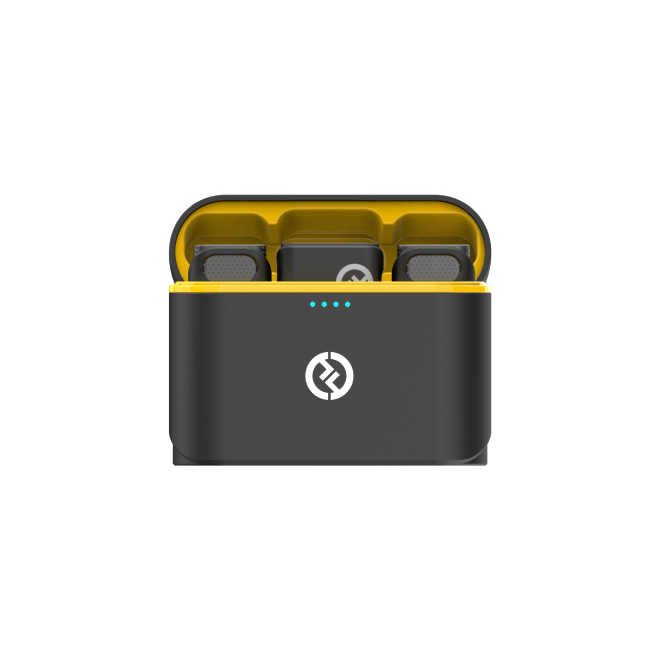
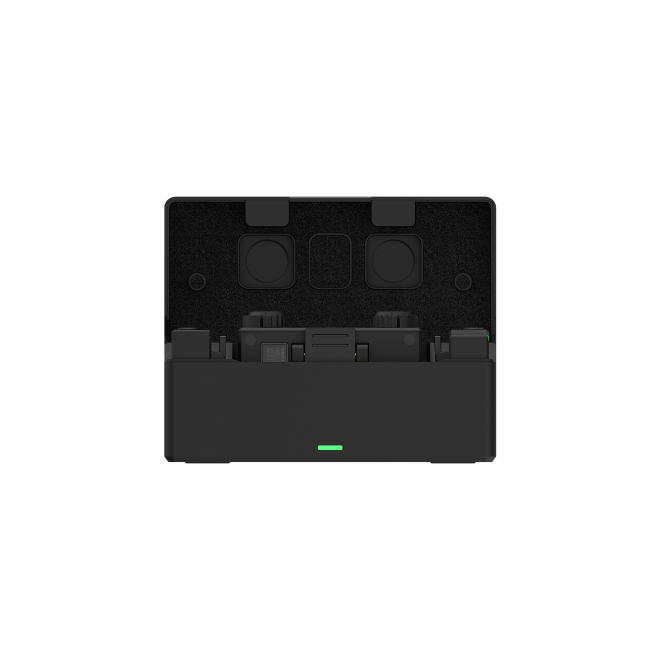
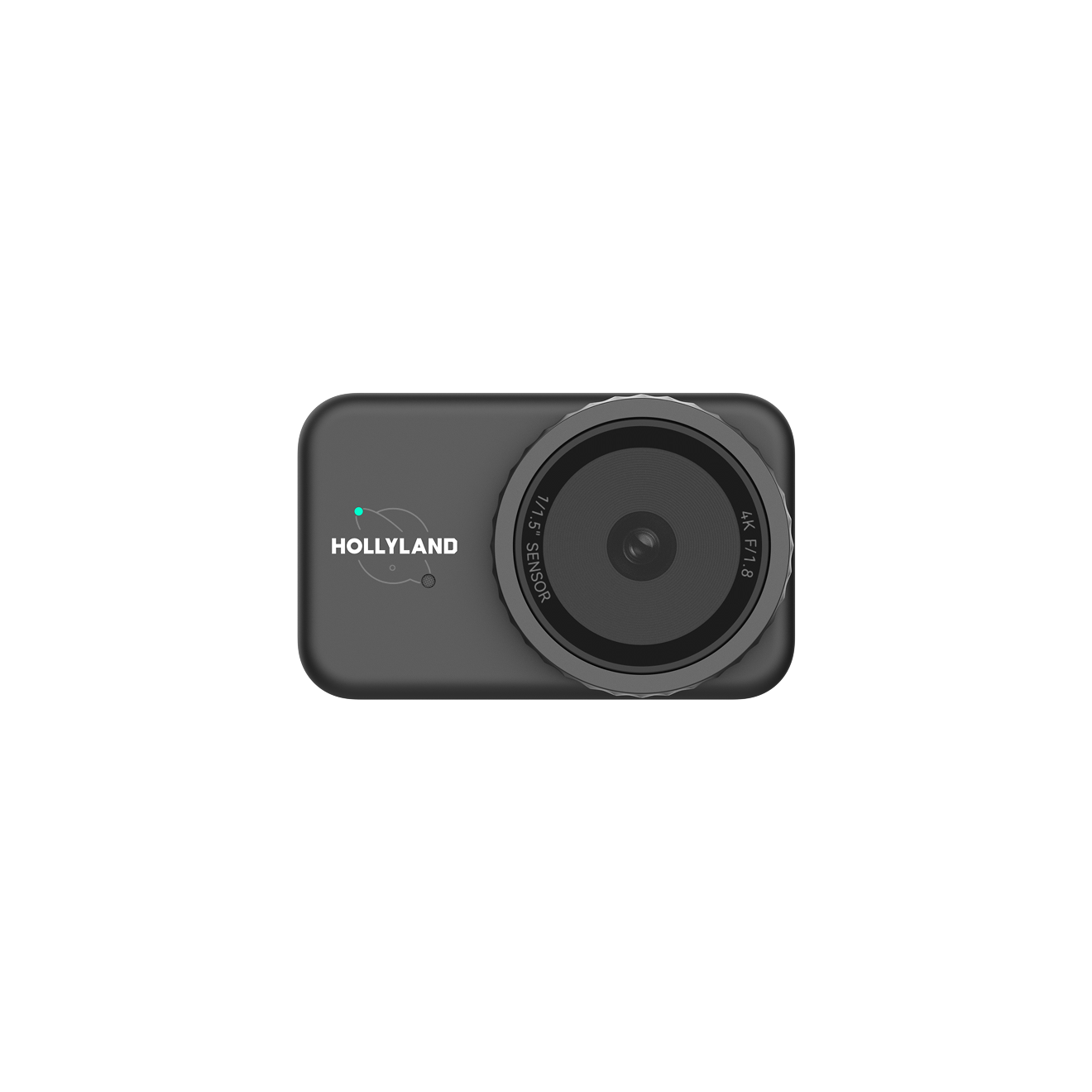

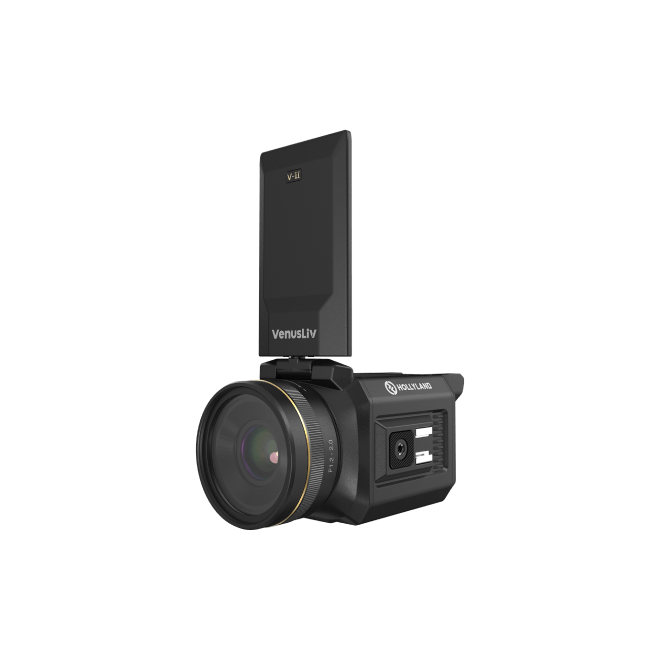
.png)


